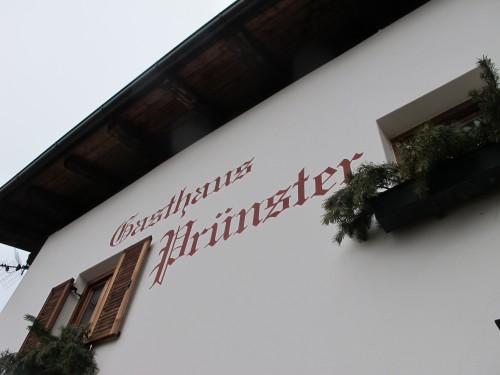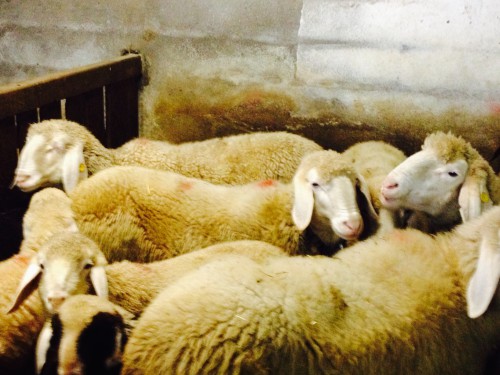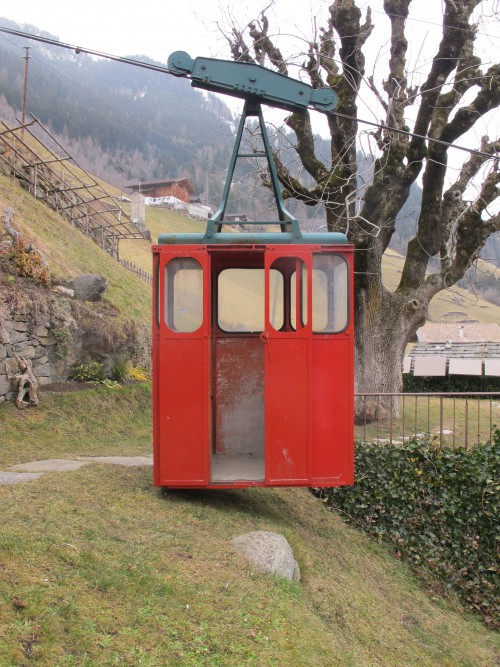Schafzüchter und Wirt
Im Frühling und Sommer, grasen mehr als 100 Schafe von Walter Prünster, Mitglied beim Schafzuchtverein Partschins, auf den steilen Wiesen in den Bergen von Partschins. Seine Schafe, zusammen mit all den anderen Bergschafen, werden zweimal jährlich geschoren, im Frühjahr und Herbst. Jedes Schaf wirft 1,5 – 2 kg Wolle im Jahr ab, die zum Spinnrald in das Passeiertal zum Waschen und zur Verarbeitung gebracht werden. Neben dem hochwertigen Lammfleisch, das in der Dorfmetzgerei geschlachtet und in der hauseigenen Küche zu Schöpsernen verarbeitet wird, ist die Landschaftspflege eine der Hauptgründe für die Schafhaltung in Südtirol.
Zusammen mit Åbäke besuchte BAU das Gasthaus Prünster im Rahmen des Projektes BAU bekommt ein Gewand und wenn dafür Schafe geschoren werden, dann sei dem so.
Sheep holder and host
During Spring and Summer, Walter Prünster more than 100 sheep graze in the meadows of the steep mountains that surround the village of Parcines, where Walter is founding member of the Schafzuchtverein, the local association of shepherds. His sheep, together with all the other alpine sheep, are shorn twice a year, in Spring and Autumn. Each sheep produces 1.5 to 2 kilos of wool, which is washed and elaborated at Spinnradl, in Val Passiria. In addition to the high quality lamb meat, the sheep is slaughtered by the butcher from the village and the meat is cooked to a nice dish, called Schöpsernes, the landscape management is one of the most important reasons for sheep farming in South Tyrol.
BAU visits Walter Prünster at his ‘Gasthaus’ Prünster together with Åbäke in the framework of the project BAU is being dressed up and if it takes the sheep to get naked then so be it.
Allevatore di pecore e oste
Durante la primavera e l’estate, le oltre 100 pecore di Walter Prünster, membro dell’associazione locale dei allevatori di pecore, pascolano nei prati delle montagne ripide che circondano la località di Parcines. Le sue pecore, ben come tutte le pecore alpine, vengono tosate due volte all’anno, in primavera e autunno. Ogni pecora produce circa 1,5 a 2 chili di lana, che viene poi portata in Val Passiria al Spinnradl dove viene lavata ed elaborata. Oltre per la deliziosa carne d’agnello, che viene abbattuta dal macellaio in paese e poi cucinata nella propria cucina, le pecore vengono tenute per la gestione del paesaggio, uno dei motivi più importanti per la pastorizia in Alto Adige.
Insieme ad Åbäke BAU visita Walter Prünster al Gasthaus Prünster durante il progetto Diamo un vestito a BAU e se questo richiedesse la tosatura delle pecore, ben venga.





